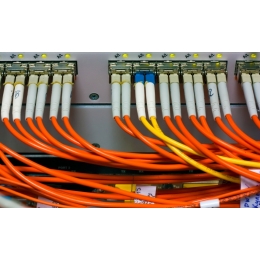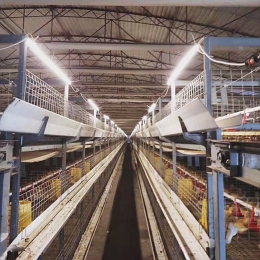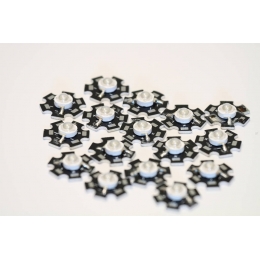Collection of scientific research, production and sales
Fine chemical enterprise
Guangdong Queendom Technology Co., Ltd. was established in 2002. It is a high-tech private enterprise integrating R&D, production, sales and service. It mainly develops, produces and sells smart products, smart shopping mall lighting...

![]() Hotline:+86 -13612789419
Hotline:+86 -13612789419
![]() Contacts:Mrs. jeanie
Contacts:Mrs. jeanie
![]() E-mail:queen@queendomlamp.com
E-mail:queen@queendomlamp.com
![]() Fax number:+86-0769-81305868
Fax number:+86-0769-81305868
![]() Address:Xinji Industrial Second Road, Dafen Community,Wanjiang Street, Dongguan City, Guangdong Province.China.
Address:Xinji Industrial Second Road, Dafen Community,Wanjiang Street, Dongguan City, Guangdong Province.China.




 Mobile Site
Mobile Site
Mobile browser scanning